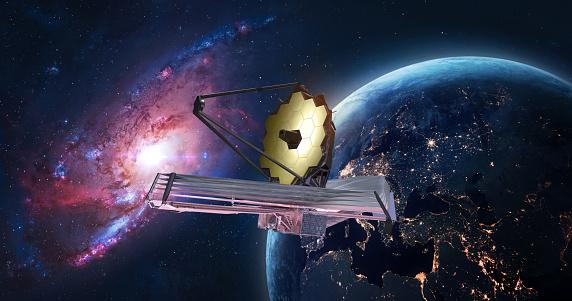The solution to a mystery long explored by scientists – the so-called dark energy that makes up more than two-thirds of the universe – may be closer than we think. A research team from the University of Cambridge in England discovered how to detect and measure dark energy in a paper published this month in The Astrophysical Journal Letters. Studying the mass and motion of our galactic neighbor, Andromeda.
“Dark energy is the generic name for a family of models that you can add to Einstein’s theory of gravity,” explains first author Professor David Benisty, from Cambridge’s Department of Applied Mathematics and Theoretical Physics.
A simplified version of this – the cosmological constant invented by Einstein – defines force as “a constant energy density that pushes galaxies apart.” In this sense, Andromeda is the only galaxy that doesn’t fit this pattern, because instead of moving away, it’s on a collision course with our Milky Way (in very slow motion).
How does the new method of detecting dark energy work?
Ever since Einstein added it to the field equations of general relativity in the 1930s, the cosmological constant has been fixed at zero, until in the late 1990s scientists discovered a strange force called dark energy. To explain the accelerating expansion of the universe.
However, the term comes with two very important limitations: First, no one knows exactly what dark energy is, and second, no one has been able to detect it. But in the new study, the authors found that by examining the way Andromeda and the Milky Way approach each other due to their bulk mass, they “can put an upper bound on the value of the cosmological constant.”
This upper bound they found is five times greater than the value of the cosmological constant that can be detected in the early universe.
How is dark energy detected in practice?

The model proposed for Benisty by him and his colleagues is based on the following fact: dark energy affects every couple galaxiesSo gravity wants to bring them together, but dark energy separates them. In practice, when they raise the value of the cosmological constant – based on the mass of galaxies – they can simulate how it might change their orbits.
The authors acknowledge that while the new technique has proven to be very useful, it is not a direct detection of dark energy. But to improve the model, they will use data from the James Webb Telescope (JWST) for more precise measurements of masses.
Do you have any question? Tell us on our social networks and take the opportunity to share the post with your friends.
Source: Tec Mundo
I’m Blaine Morgan, an experienced journalist and writer with over 8 years of experience in the tech industry. My expertise lies in writing about technology news and trends, covering everything from cutting-edge gadgets to emerging software developments. I’ve written for several leading publications including Gadget Onus where I am an author.












